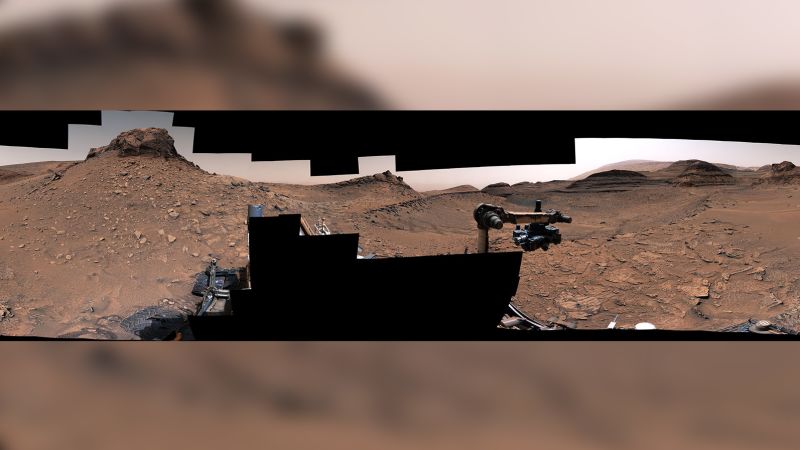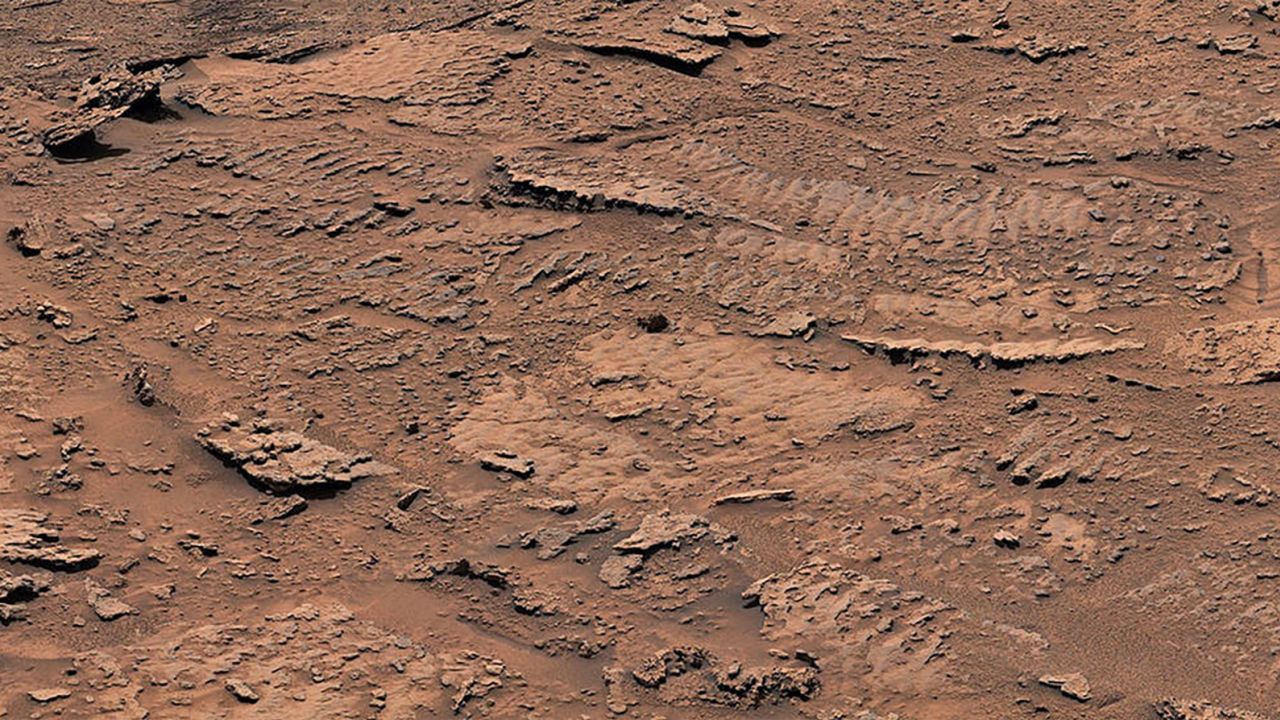And then came Stuart Little ...
Gassho, J
stlah
For the First Time: Human Brain Organoids Implanted in Mice Show Response to Visual Stimuli
A group of engineers and neuroscientists have shown, for the first time, that brain organoids implanted in mice form functional connections to the mice’s cortex and respond to external sensory stimuli. The team observed the organoids reacting to visual stimuli similarly to the surrounding tissues, thanks to a transparent graphene microelectrode array and two-photon imaging system that allowed real-time monitoring over several months.
Human cortical organoids are derived from human induced pluripotent stem cells, which are usually derived themselves from skin cells. These brain organoids have recently emerged as promising models to study the development of the human brain, as well as a range of neurological conditions.
But until now, no research team had been able to demonstrate that human brain organoids implanted in the mouse cortex were able to share the same functional properties and react to stimuli in the same way. This is because the technologies used to record brain function are limited, and are generally unable to record activity that lasts just a few milliseconds.
... These findings suggest that the organoids had established synaptic connections with surrounding cortex tissue three weeks after implantation, and received functional input from the mouse brain. Researchers continued these chronic multimodal experiments for eleven weeks and showed functional and morphological integration of implanted human brain organoids with the host mice’s cortex. ...
A group of engineers and neuroscientists have shown, for the first time, that brain organoids implanted in mice form functional connections to the mice’s cortex and respond to external sensory stimuli. The team observed the organoids reacting to visual stimuli similarly to the surrounding tissues, thanks to a transparent graphene microelectrode array and two-photon imaging system that allowed real-time monitoring over several months.
Human cortical organoids are derived from human induced pluripotent stem cells, which are usually derived themselves from skin cells. These brain organoids have recently emerged as promising models to study the development of the human brain, as well as a range of neurological conditions.
But until now, no research team had been able to demonstrate that human brain organoids implanted in the mouse cortex were able to share the same functional properties and react to stimuli in the same way. This is because the technologies used to record brain function are limited, and are generally unable to record activity that lasts just a few milliseconds.
... These findings suggest that the organoids had established synaptic connections with surrounding cortex tissue three weeks after implantation, and received functional input from the mouse brain. Researchers continued these chronic multimodal experiments for eleven weeks and showed functional and morphological integration of implanted human brain organoids with the host mice’s cortex. ...
Gassho, J
stlah








 Finally made it to the end, some good articles here. Though I would caution, as I think was mentioned by someone earlier, that for media releases on scientific discoveries, its like 90% 'hype'. Of course, people want to hear hope, and its good to inspire hope, but it can lead to exaggeration or over-simplification which can then get misrepresented by those not in the field.
Finally made it to the end, some good articles here. Though I would caution, as I think was mentioned by someone earlier, that for media releases on scientific discoveries, its like 90% 'hype'. Of course, people want to hear hope, and its good to inspire hope, but it can lead to exaggeration or over-simplification which can then get misrepresented by those not in the field.




Comment